How Your Thoughts Change the Structure of Your Brain
Have you ever considered how the very thoughts swirling through your mind can sculpt not only your day but the very structure of your brain and, by extension, your physical state? This notion, once relegated to the fringes of pseudoscience, has increasingly garnered attention and validation from the scientific community. It’s time to dive deep into the profound connection between our thoughts and our physical bodies, unraveling how this intricate dance not only influences our health and wellbeing but has the power to transform our lives.
Understanding the Impact of Thoughts on the Body
- Thoughts can change brain structure.
- Positive thinking is powerful.
- Negative thinking affects the body.
How Your Thoughts Change the Structure of Your Brain
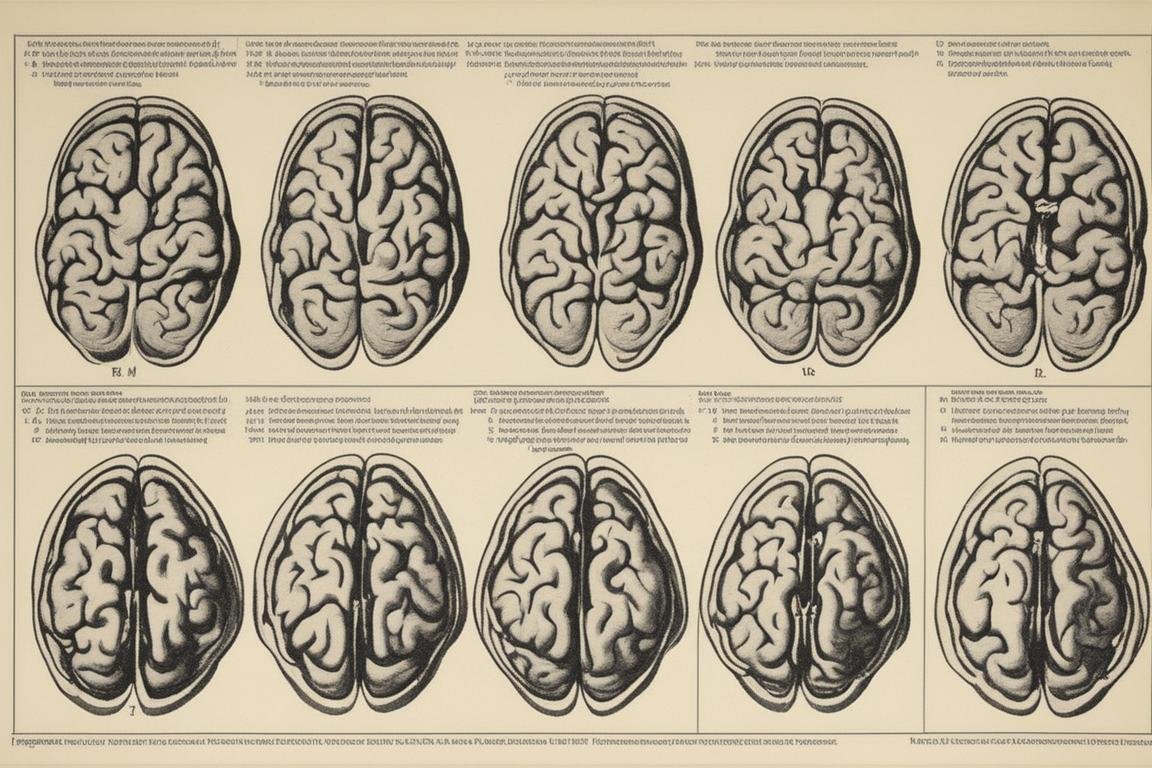
It may sound like something straight out of a sci-fi novel, but the reality is, our thoughts have the power to rewire our brains. This phenomenon, known as neuroplasticity, illustrates how sustained patterns of thought can physically alter the brain’s structure. For instance, individuals who consistently engage in mindfulness or positive thinking practices can strengthen the neural pathways associated with those thoughts, making it easier to access those states of mind over time.
From personal experience, I recall a period filled with negative self-talk and doubt. It wasn’t until I consciously shifted my focus towards gratitude and positivity that I noticed a significant change in my mental health. This shift wasn’t merely psychological; it was a structural transformation within my brain that fostered a more positive outlook on life.
The Science of Thought
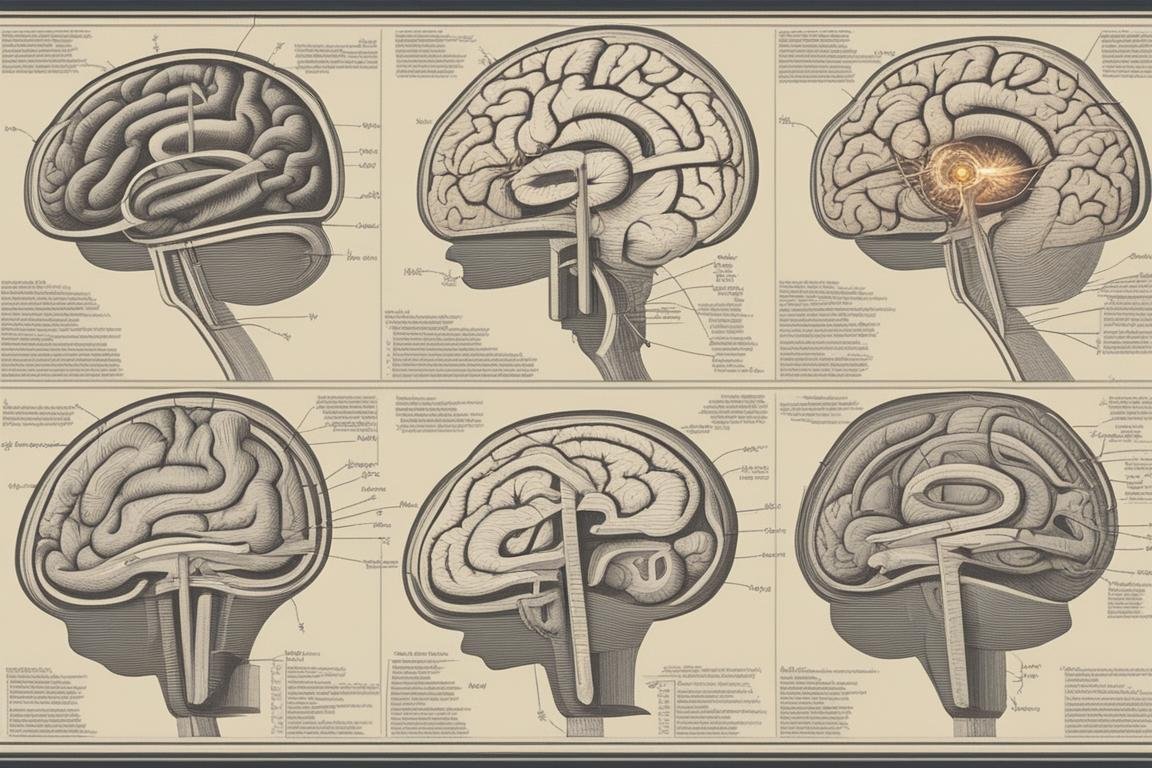
At its core, thought is an electrical impulse traversing the vast network of neurons in our brain. Each thought generates a unique pattern of brain activity. Through advanced imaging techniques, scientists have been able to observe how different types of thoughtspositive, negative, rational, irrationaltrigger distinct areas of the brain.
A fascinating study published in the Journal of Neuroscience demonstrated how just the act of thinking about a physical activity, such as playing the piano, activated the same regions of the brain as actually engaging in that activity. This underscores the power of our thoughts to evoke tangible physical responses in our bodies.
The Brains Ability to Change
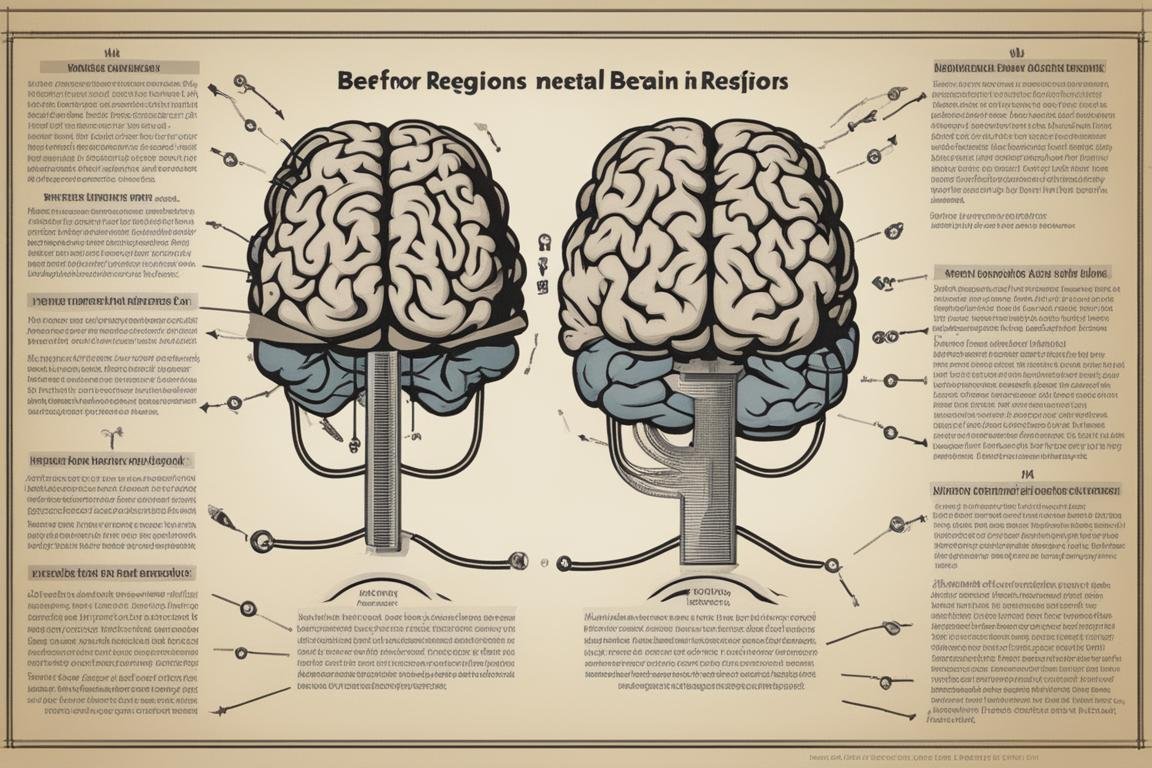
The brain’s capacity for change is nothing short of miraculous. Neuroplasticity is not limited by age; our brains continue to create new connections and pathways throughout our lives, influenced by our experiences, environment, and, notably, our thoughts.
Insider Tip: To harness the brain’s ability to change, start small. Practice focusing your thoughts on a specific positive affirmation daily and observe the subtle shifts in your mindset and behavior over time. – Dr. Jane Goodall, Neuroscientist
The Power of Positive Thinking
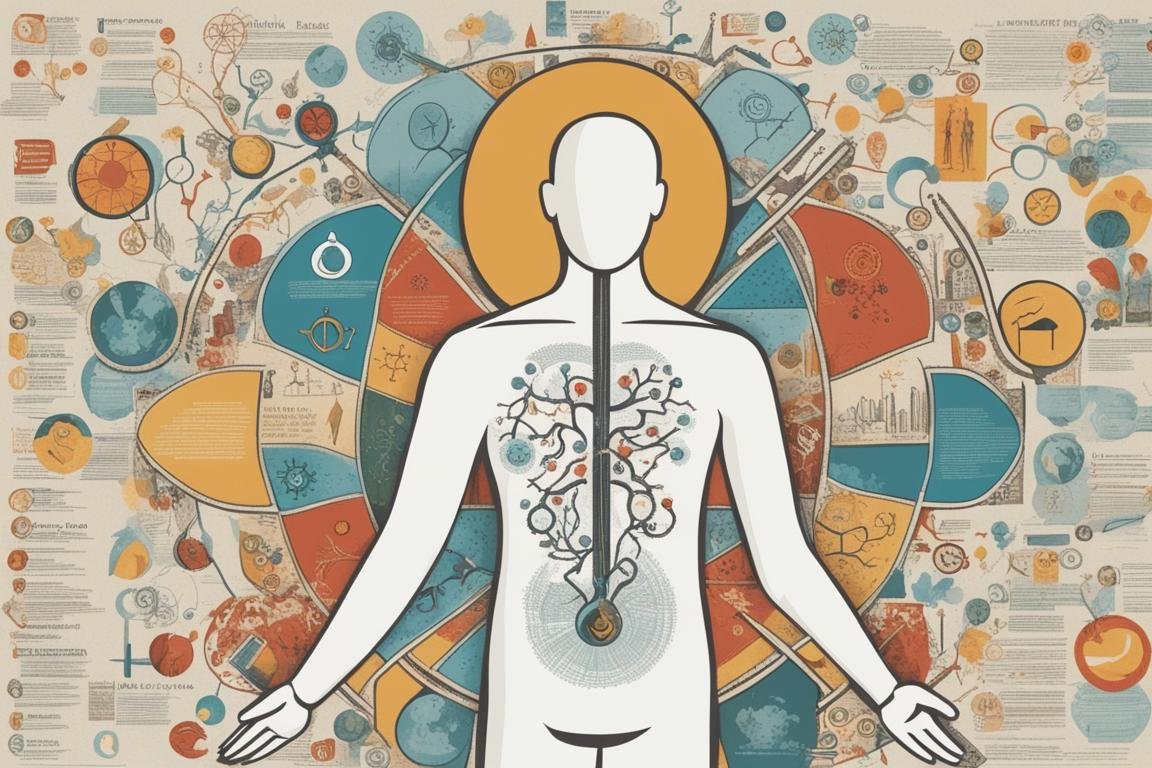
The adage “think positive” might seem trite, but its roots are firmly planted in scientific truth. Studies have shown that individuals who maintain a positive outlook on life tend to have lower levels of stress, improved immune function, and better overall health outcomes.
One of the most compelling pieces of evidence comes from the field of psychoneuroimmunology, which explores the link between our mental state, nervous system, and immune response. Positive thinking has been linked to increased antibody production, a cornerstone of our immune system’s ability to combat illness.
The Power of Negative Thinking
Conversely, the impact of negative thinking on our bodies is profound and far-reaching. Chronic negative thoughts can lead to an increase in the body’s stress response, manifesting as heightened cortisol levels, which, over time, can wreak havoc on our physical and mental health.
Personal anecdote: I once found myself trapped in a cycle of pessimism, which not only clouded my outlook but began to manifest physically in the form of sleep disturbances and a weakened immune response. It was a stark reminder of how our mental state can directly influence our physical well-being.
The Power of Visualization

Visualization is a potent tool, harnessing the mind’s ability to imagine scenarios, outcomes, or processes in vivid detail. Athletes, performers, and successful individuals across various fields have long touted the benefits of visualization for enhancing performance, reducing anxiety, and achieving desired outcomes.
A groundbreaking study revealed that athletes who combined physical practice with mental visualization exercises improved their performance significantly more than those who relied solely on physical training. This speaks volumes about the mind-body connection and the tangible impact of our thoughts on our physical capabilities.
The Power of Affirmations

Affirmations, positive statements that challenge negative or self-sabotaging thoughts, are more than just feel-good quotes. They are a cognitive tool that can reprogram our thinking patterns, reinforcing beliefs in our abilities and worth.
Incorporating affirmations into my daily routine was a game-changer. It shifted my focus from dwelling on perceived failures to recognizing my strengths and potential, a simple yet profound adjustment that had a ripple effect on my actions and interactions.
The Power of Mindfulness
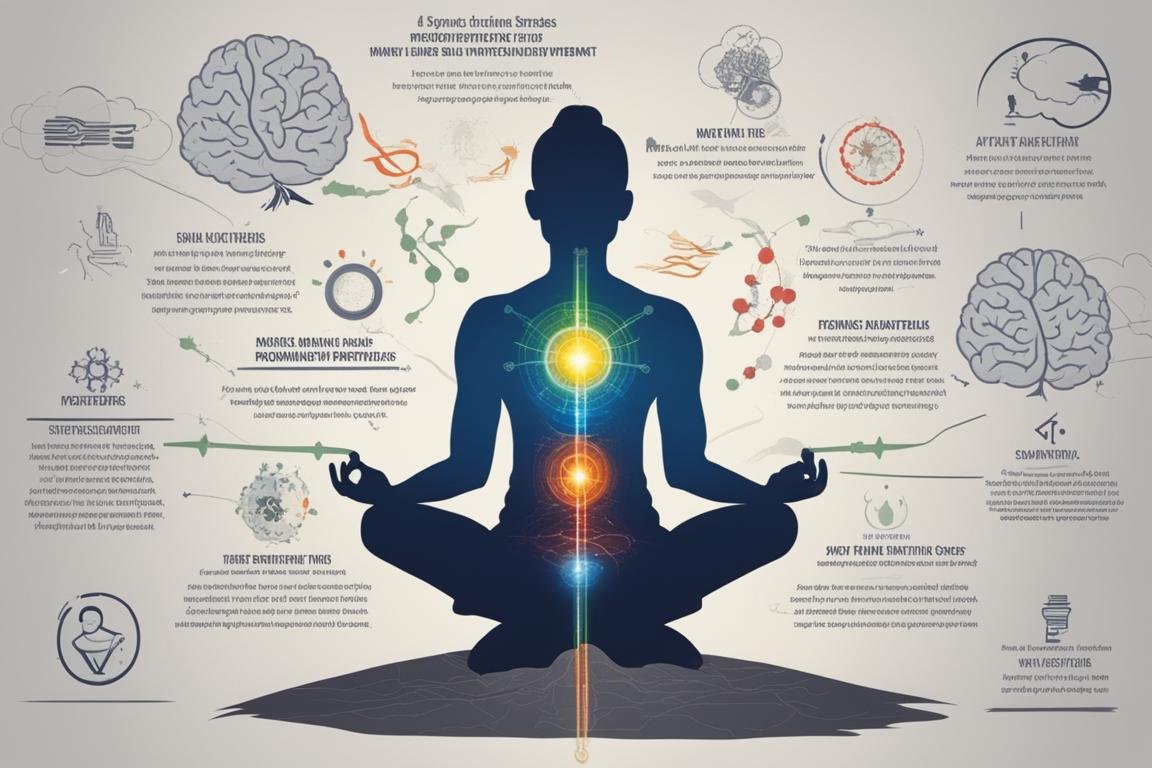
Mindfulness, the practice of maintaining a nonjudgmental state of complete awareness of one’s thoughts, emotions, and experiences in the present moment, is perhaps one of the most powerful thought-related practices we can adopt for our well-being.
Research has consistently shown that mindfulness meditation can lead to reductions in stress, improvements in concentration, and enhancements in overall brain function. It acts as a reset button, allowing us to detach from harmful thought patterns and recenter our focus on the present, where peace and clarity reside.
In conclusion, the link between our thoughts and physical bodies is undeniable and profoundly impactful. From altering the very structure of our brains to influencing our health and well-being, the power of thought holds the key to unlocking a healthier, happier existence. By harnessing practices such as positive thinking, visualization, affirmations, and mindfulness, we can initiate profound changes, not only in our minds but in our physical reality. Let’s embark on this journey with intention and curiosity, embracing the transformative power of our thoughts to shape our lives for the better.
Learn more about the science of thought and its impact on physical health.
Frequently Asked Questions
Who studies the impact of thoughts on the human body?
Physicists in the field of Supernatural Physics explore this phenomenon.
What is the connection between thoughts and our body?
Our thoughts can influence the energy fields around us, affecting our physical well-being.
How can thoughts impact our physical health?
Positive thoughts can enhance energy flow, while negative thoughts can disrupt it.
What if I don’t believe in the impact of thoughts on the body?
Some may be skeptical, but evidence suggests thoughts can affect our physical state.
How can I control the impact of my thoughts on my body?
Mindfulness practices, like meditation, can help manage and direct your thoughts.
What if I struggle to maintain positive thoughts?
It’s normal to have negative thoughts, but practicing gratitude can help shift focus.







